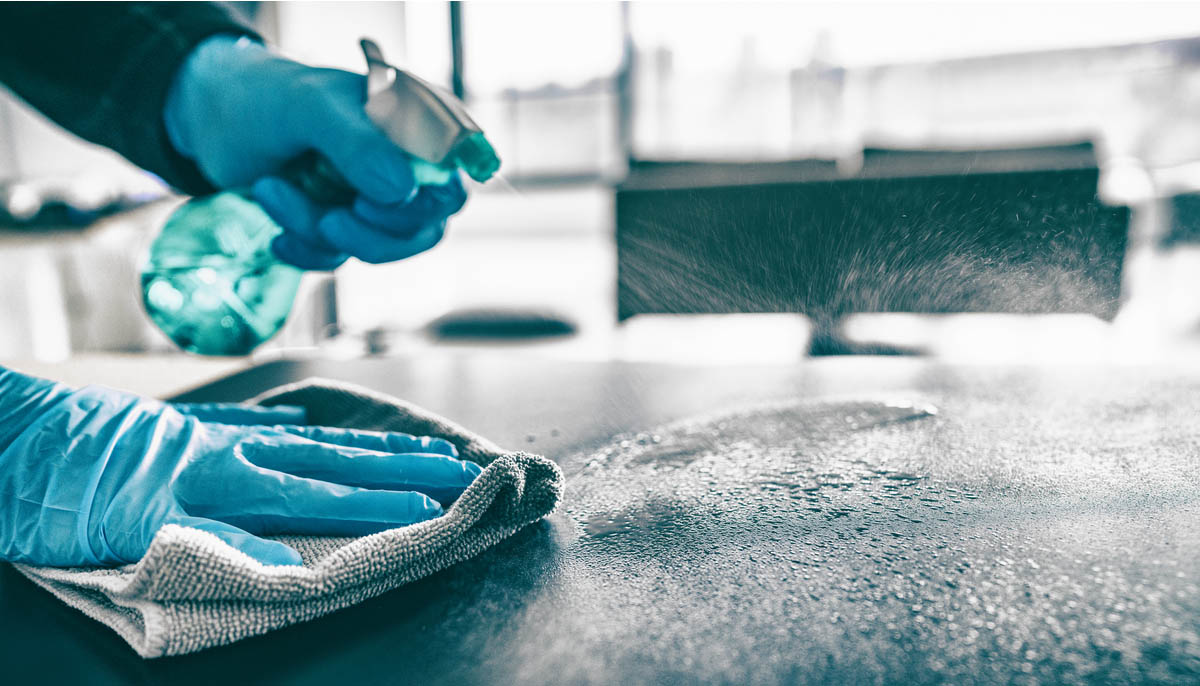Shutterstock
In a bit of news that is heartening for public health, the CDC now believes the coronavirus isn’t as easy to spread as previously thought. No need to rely on just cloud back-up storage, thanks to new research showing the novel coronavirus doesn’t easily spread through surface contact. This news is welcome for people who have been diligently wiping down mail and groceries.

According to researchers with the CDC, the focus should be on hand-washing and social distancing. Getting hyper-fixated on wiping down every surface that enters your home is likely unimportant compared to just washing your hands. Much research is still needed into the novel coronavirus. However, these new discoveries are painting a less severe picture of the paths the virus can travel.
The CDC holds that there are three “unlikely” pathways the virus travels by. These include the newly added “touching surfaces that someone with COVID-19 touched,” as well as two others. It’s possible, but very unlikely, that humans can pass the virus to animals. Equally unlikely is the chance that animals pass the virus back to humans.
The primary path for infection is through direct contact with someone who has COVID-19. Respiratory droplets, in particular, are the virus’s main pathway from spreading. This is what makes the virus so transmissible: an infected person need only breath out to expel viral particles. Since people carrying the virus often don’t show symptoms, this makes COVID-19 a stealthy and dangerous virus.
In the US as a whole, case numbers are flattening and death rates are plateauing. While some experts fear that new waves of the virus could be coming, they generally don’t expect these to be as damaging as the first wave. Most states have begun some form of loosening their COVID-19 restrictions in order to restart their economies.
The general mood around the virus seems cautiously optimistic. New research showing that the virus is slow to mutate has encouraged vaccine developers. Labs working on vaccines seem confident that they will have them ready by January of 2021, if not sooner. Novel treatments for the virus are in the clinical testing stage.
In short, while the virus remains a serious and deadly threat, there appears to be a light at the end of the tunnel. What once seemed like a potentially world-ending pandemic is likely to be remembered as a bizarre, deadly and ultimately surmountable challenge that the world faced head-on.